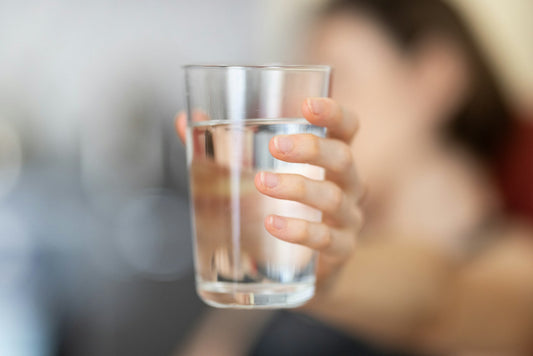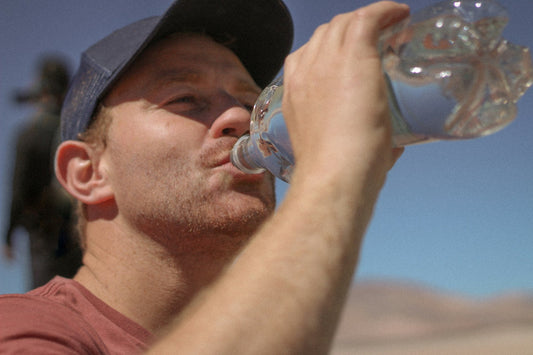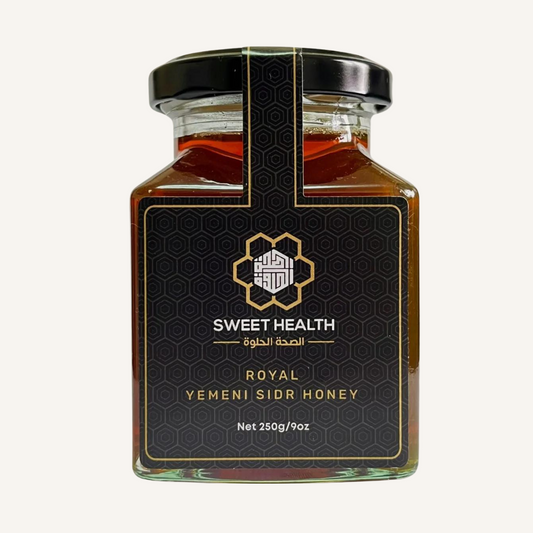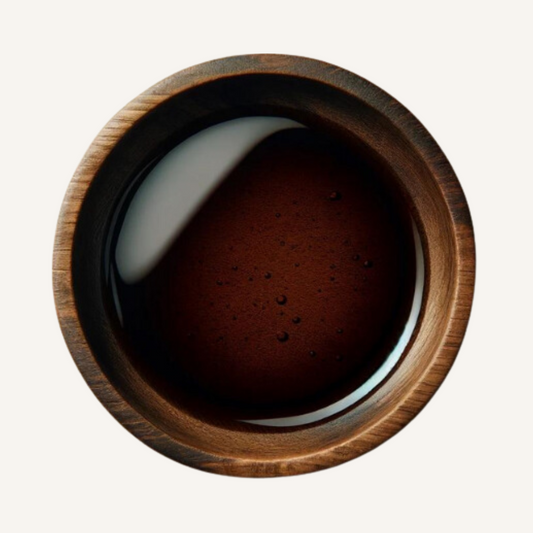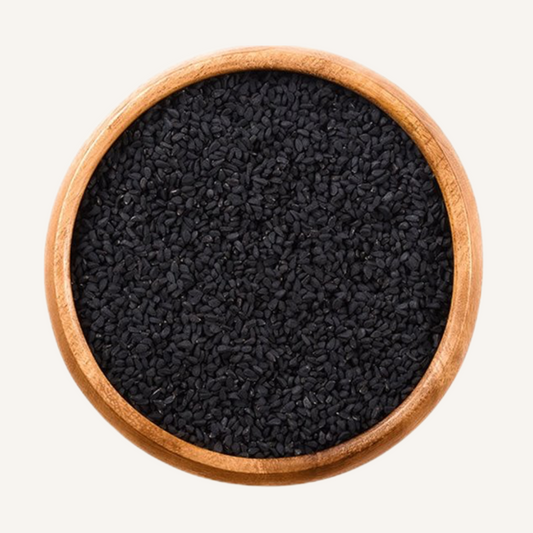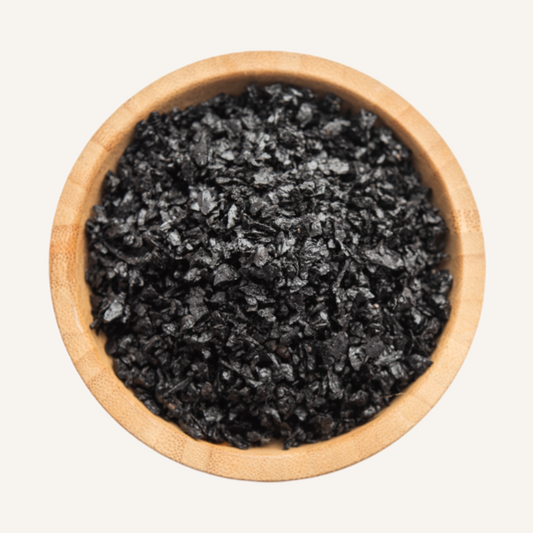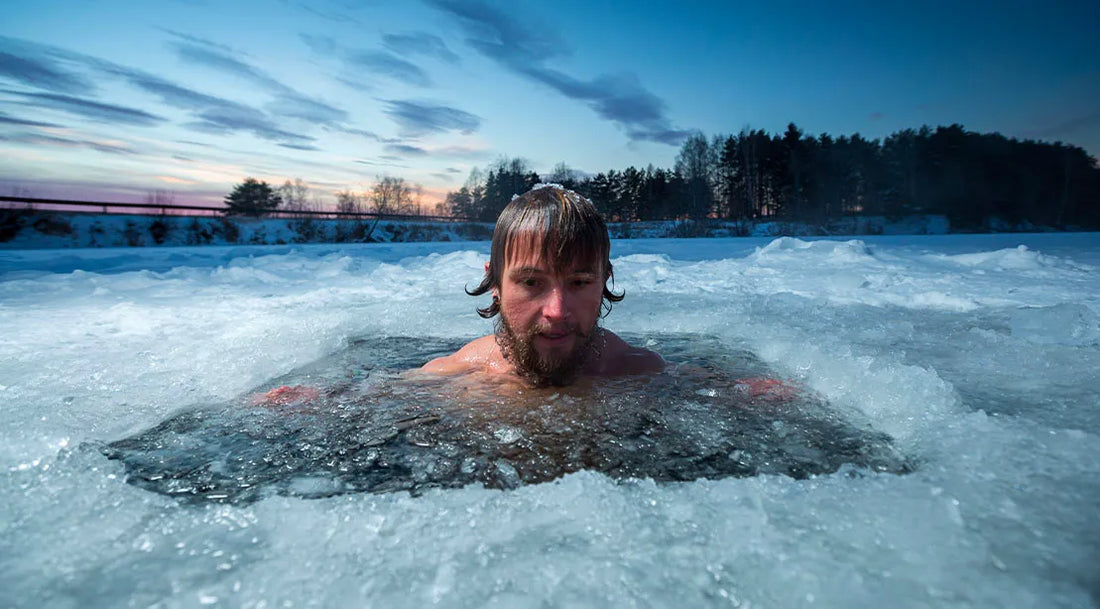
The Surprising Benefits of Cold Plunges
Abdullaah KhanShare
Let’s be honest—the idea of plunging into icy cold water sounds more like a dare than a wellness practice. But what if I told you that embracing the chill could do wonders for your health? Cold plunges, also known as cold water therapy, are quickly gaining popularity, and for good reason.
Whether you’re looking to boost your immune system, recover faster from workouts, or simply build mental toughness, a cold plunge might just be the thing you need. So, grab your courage (and a warm towel for afterward), because we’re about to dive into the benefits of cold plunges!
What is Cold Water Therapy?
Imagine this: You’re standing at the edge of a tub filled with ice-cold water. Every instinct tells you to run in the opposite direction, but you take the plunge anyway. As the cold water envelops you, your body reacts—your heart races, your breath quickens, and your mind is suddenly alert. This, my friend, is what we call a cold plunge or cold water therapy.
Cold plunges involve immersing your body in water that’s typically below 15°C (59°F) for a short period. While it might sound like a recipe for hypothermia, cold plunges are actually an ancient practice with a modern twist, used by everyone from elite athletes to wellness enthusiasts.
So, What Are the Benefits?
-
Immune System Booster: Let’s kick things off with one of the biggest perks—an improved immune system. Cold water exposure has been shown to increase the production of white blood cells and other immune-boosting elements. In layman’s terms, that means your body becomes better equipped to fight off pesky illnesses. So, next time flu season rolls around, you might want to consider a dip in the cold rather than just stocking up on orange juice.
-
Faster Recovery for Your Muscles: Ever wondered why athletes love ice baths? It’s not because they enjoy suffering—it’s because cold water helps reduce inflammation and speeds up muscle recovery. After a hard workout, your muscles are inflamed and sore. A cold plunge constricts your blood vessels, reducing that inflammation and flushing out waste products like lactic acid. The result? Less soreness and quicker recovery, so you’re ready to hit the gym again sooner.
-
Circulation Supercharge: If you’ve ever gotten out of a cold shower and noticed your skin turning pink, that’s your circulation kicking into high gear. Cold plunges cause your blood vessels to constrict and then dilate, which improves overall circulation. Better circulation means more oxygen and nutrients are delivered to your muscles and organs, which is pretty much like giving your body a tune-up.
-
Mental Toughness and Resilience: Let’s face it—life can be tough. But if you can train your mind to handle the shock of cold water, you can handle just about anything. Cold plunges activate your sympathetic nervous system, releasing a rush of adrenaline and endorphins that not only improve your mood but also build mental resilience. Over time, you’ll find that you can manage stress and anxiety more effectively, all because you dared to take that icy plunge.
-
Better Sleep? Yes, Please!: Cold plunges might actually help you sleep better, too. The drop in body temperature that comes with a cold plunge can help signal to your body that it’s time to wind down, making it easier to fall asleep and enjoy deeper, more restorative sleep. So, if counting sheep isn’t doing the trick, maybe a cold plunge before bed could be the game-changer you need.
Tips for Taking the Plunge
Ready to give it a try? Here’s how to ease into cold plunges without turning into a human popsicle:
-
Start with Cold Showers: Cold showers are a great way to introduce your body to cold water therapy. Start with your usual warm shower and slowly decrease the temperature until it’s cold. Stay under the cold water for 30 seconds to a minute, and gradually work your way up.
-
Try Ice Baths: Once you’re comfortable with cold showers, step it up with an ice bath. Fill your tub with cold water and add ice until the temperature drops below 15°C (59°F). Start with 5 minutes and increase the time as your body adapts.
-
Go for a Cold Swim: If you live near a natural body of cold water, like a lake or the ocean, take the plunge! Just be sure to swim with a buddy, and stay safe—cold water swimming can be exhilarating but also risky if you’re not prepared.
-
Listen to Your Body: Cold plunges aren’t about suffering—they’re about building resilience and reaping health benefits. If you start feeling too uncomfortable, it’s okay to get out and warm up. Gradual exposure is key.
-
Warm Up Afterward: After your cold plunge, wrap yourself in a towel and drink something warm. Avoid jumping straight into a hot shower, as it can shock your system. Instead, let your body warm up naturally.
So what's the gist?
Cold plunges may seem intimidating at first, but the benefits are well worth it. From boosting your immune system to building mental toughness, this practice offers a holistic approach to improving your health and well-being.
So, why not take the plunge? It might just be the coolest thing you do for your health.
References
- The Journal of Strength and Conditioning Research. "The Effects of Cold Water Immersion on Recovery After Exercise: A Meta-Analysis." Retrieved from Wolters Kluwer
- European Journal of Applied Physiology. "Cold Water Immersion Reduces Exercise-Induced Muscle Damage and Delays Fatigue." Retrieved from Springer
- The International Journal of Circumpolar Health. "Cold Water Exposure and Its Effects on the Immune System." Retrieved from Taylor & Francis Online
- Psychiatry Research. "The Impact of Cold Water Exposure on Mental Health and Stress Resilience." Retrieved from Elsevier
- Sleep Medicine Reviews. "Cold Water Therapy as a Treatment for Sleep Disorders." Retrieved from Elsevier


